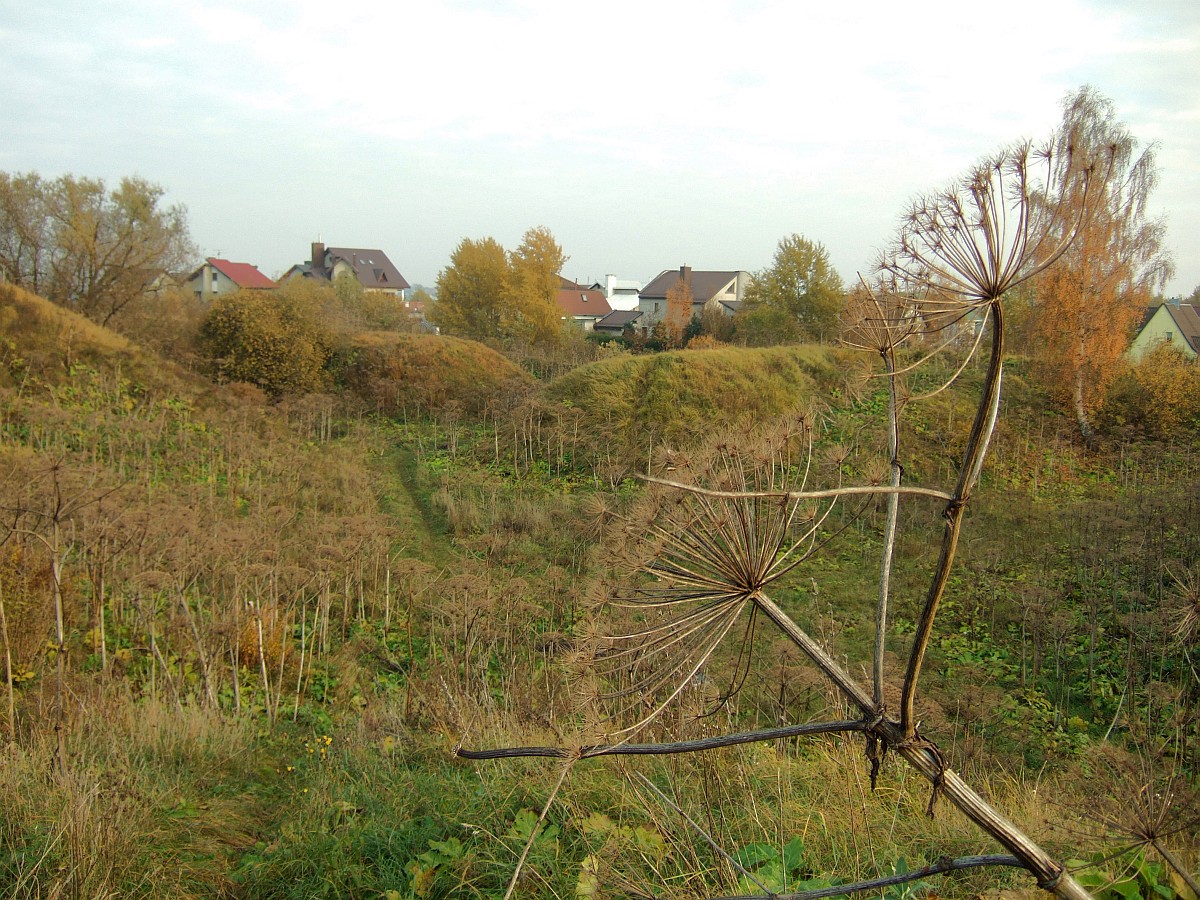Eighth Fort on:
[Wikipedia]
[Google]
[Amazon]
 Kaunas Eighth Fort ( lt, VIII Kauno fortas), also known as Linkuva, is a former military fort in
Kaunas Eighth Fort ( lt, VIII Kauno fortas), also known as Linkuva, is a former military fort in
 Since the interwar period, the
Since the interwar period, the
Kauno Tvirtovńós Parkas
aunas Fortress Projects Forts in Lithuania Buildings and structures in Kaunas History of Kaunas Landmarks in Kaunas Objects listed in Lithuanian Registry of Cultural Property
 Kaunas Eighth Fort ( lt, VIII Kauno fortas), also known as Linkuva, is a former military fort in
Kaunas Eighth Fort ( lt, VIII Kauno fortas), also known as Linkuva, is a former military fort in ҆ilainiai
҆ilainiai is an elderate in the Lithuanian city of Kaunas, built as a microdistrict in the 1980s. It is one of the largest elderates in the city, covering and housing over 70,000 people as of 2006. Eighth and Ninth Forts of the Kaunas Fortres ...
elderate, Kaunas
Kaunas (; ; also see other names) is the second-largest city in Lithuania after Vilnius and an important centre of Lithuanian economic, academic, and cultural life. Kaunas was the largest city and the centre of a county in the Duchy of Tra ...
, Lithuania. Built in 1889‚Äď1890, it is part of Kaunas Fortress
Kaunas Fortress ( lt, Kauno tvirtovńó, russian: –öőŅ–≤–Ķ–Ĺ—Ā–ļ–į—Ź –ļ—Ä–Ķ–Ņ–ĺ—Ā—ā—Ć, german: Festung Kowno) is the remains of a fortress complex in Kaunas, Lithuania. It was constructed and renovated between 1882 and 1915 to protect the Russian E ...
, which was constructed by the Russian Empire
The Russian Empire was an empire and the final period of the List of Russian monarchs, Russian monarchy from 1721 to 1917, ruling across large parts of Eurasia. It succeeded the Tsardom of Russia following the Treaty of Nystad, which ended th ...
. The Eighth Fort was the first element of Kaunas Fortress to use concrete. The structure is currently abandoned and semi-flooded. The slopes of the fort have been used since the interwar period as a community garden
A community garden is a piece of land gardened or cultivated by a group of people individually or collectively. Normally in community gardens, the land is divided into individual plots. Each individual gardener is responsible for their own plo ...
.
History
The construction of the Eighth Fort began in 1889, after the first seven forts of Kaunas Fortress had already been designed and constructed. The earlier forts did not form a fully enclosed defensive ring around the city of Kaunas, and so the Eighth Fort was built to protect against attacks from the northwest. Although the earlier forts were constructed in red brick, the Eighth Fort is made from concrete and covered in soil. It was also the first fort of Kaunas Fortress to be equipped with electricity, which was provided via an oil-powered generator. However the fort was compromised by its position, which was not the highest point in the area, and so it was superseded four years later by theNinth Fort
The Ninth Fort ( lt, Devintas Fortas) is a stronghold in the northern part of ҆ilainiai elderate, Kaunas, Lithuania. It is a part of the Kaunas Fortress, which was constructed in the late 19th century. During the occupation of Kaunas and the re ...
. For this reason, the Eighth Fort was used only as barracks
Barracks are usually a group of long buildings built to house military personnel or laborers. The English word originates from the 17th century via French and Italian from an old Spanish word "barraca" ("soldier's tent"), but today barracks are ...
and later an armoury
An arsenal is a place where arms and ammunition are made, maintained and repaired, stored, or issued, in any combination, whether privately or publicly owned. Arsenal and armoury (British English) or armory (American English) are mostly ...
.
During World War I
World War I (28 July 1914 11 November 1918), often abbreviated as WWI, was List of wars and anthropogenic disasters by death toll, one of the deadliest global conflicts in history. Belligerents included much of Europe, the Russian Empire, ...
, the fort's crew detonated the ammunition remaining in storage before retreating. The blast severely damaged the fort and its drainage system, resulting in the flooding of much of the structure.
In the 21st century, the fort was designated as a protected area for bat hibernation under the European bat conservation agreement. The fort was also added to the Lithuanian Register of Cultural Property (KultŇęros VertybiŇ≥ Registras) in 2002. Cultural events have taken place in the fort, including a sound and light installation, photography exhibition, pyrotechnic acrobatics show and a peer learning programme about bees
Bees are winged insects closely related to wasps and ants, known for their roles in pollination and, in the case of the best-known bee species, the western honey bee, for producing honey. Bees are a monophyletic lineage within the superfam ...
.
Gardens
 Since the interwar period, the
Since the interwar period, the earthworks
Earthworks may refer to:
Construction
*Earthworks (archaeology), human-made constructions that modify the land contour
*Earthworks (engineering), civil engineering works created by moving or processing quantities of soil
*Earthworks (military), mi ...
leading up to the fort have been used by the residents of ҆ilainiai to grow vegetables. In addition to the produce grown in beds, there are a range of native trees, including oak, birch, apple and plum. In 2018 stakeholders and members of the community formalised the gardens under the name ҆ilainiŇ≥ Sodai (҆ilainiai Gardens), with the aim of preserving the living history of the community garden as part of the historic military site.{{Cite web, url=https://silainiaiproject.com/2018/12/31/silainiai-urban-gardens/, title=҆ilainiai Urban Gardens, last=, first=, date=, website=҆ilainiai Project, url-status=live, archive-url=https://web.archive.org/web/20191001164407/https://silainiaiproject.com/2018/12/31/silainiai-urban-gardens/ , archive-date=2019-10-01 , access-date=September 29, 2019
References
External links
Kauno Tvirtovńós Parkas
aunas Fortress Projects Forts in Lithuania Buildings and structures in Kaunas History of Kaunas Landmarks in Kaunas Objects listed in Lithuanian Registry of Cultural Property